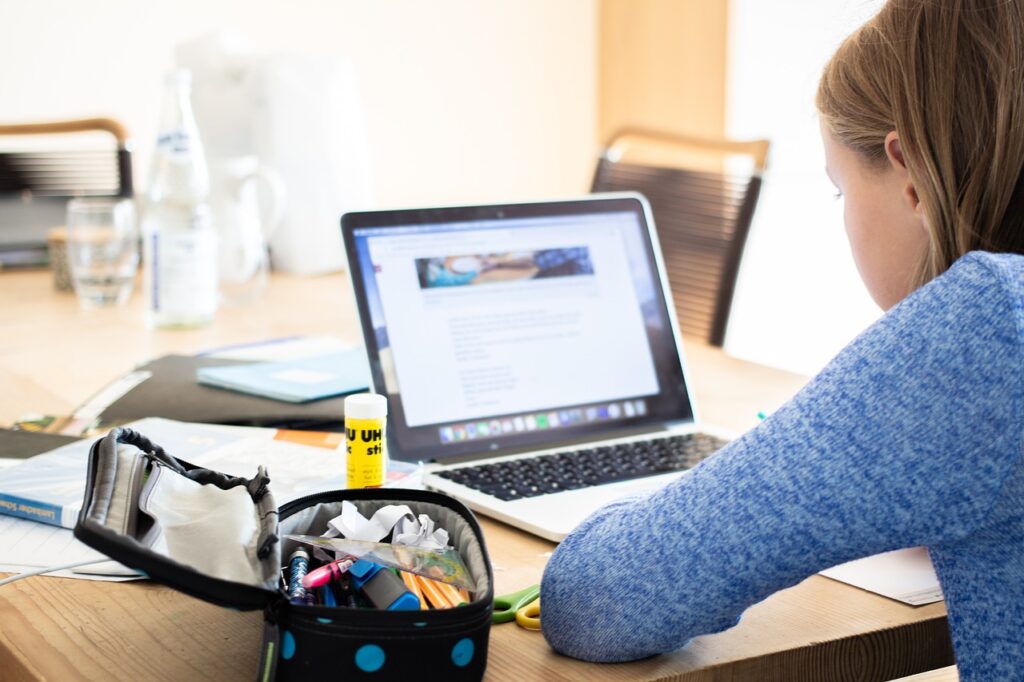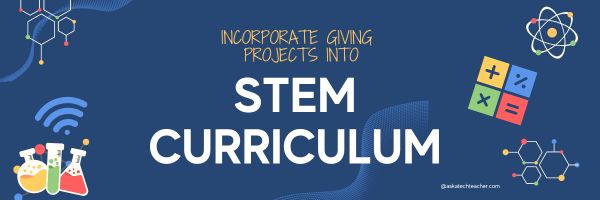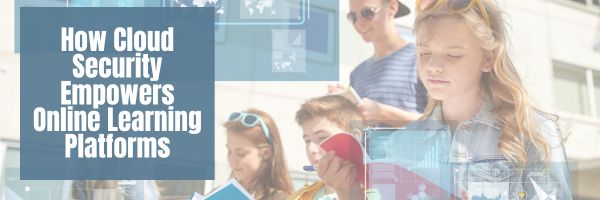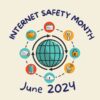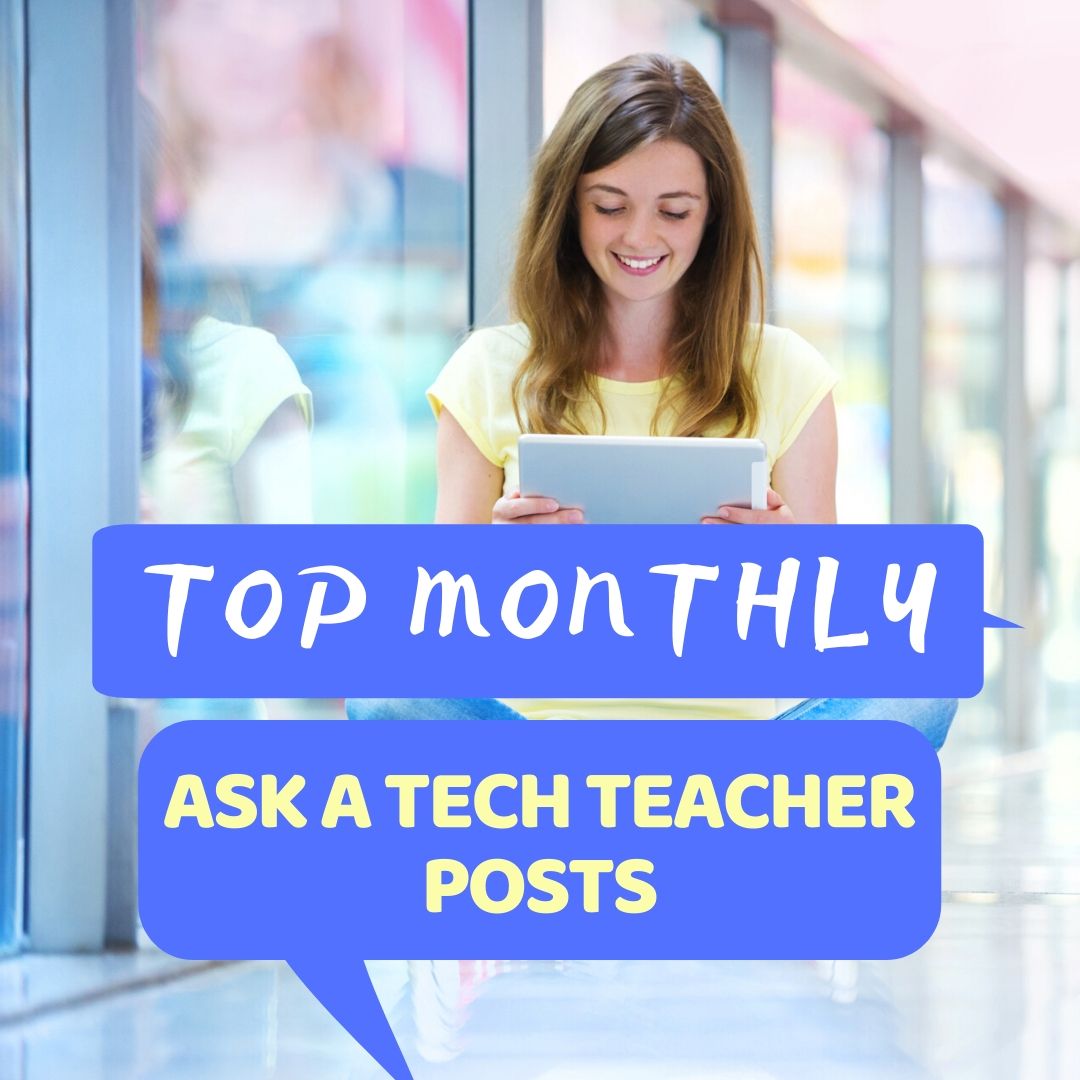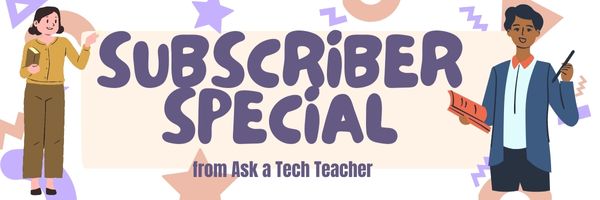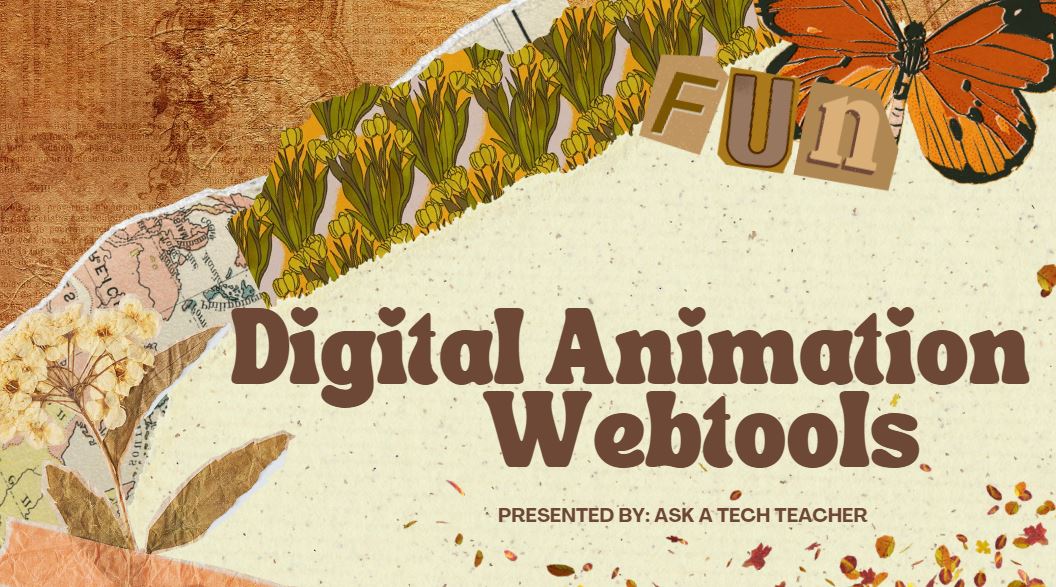How Virtual Information Sessions Are Changing K-12 Education
Virtual information sessions are reshaping K-12 education. How? For starters–making it more inclusive, effective, and dynamic. Read on for more ideas from the Ask a Tech Teacher international team:
How Virtual Information Sessions Are Changing K-12 Education
K-12 education is undergoing a digital revolution. Schools across the USA are embracing virtual information sessions to enhance learning experiences and streamline communication. No longer bound by geography, students can access diverse resources and personalized support while parents can stay connected with teachers effortlessly.
As we explore this transformation, it’s clear that the future of education is not just digital—it’s dynamic, inclusive, and limitless.
Virtual Information Sessions: Transforming Accessibility and Engagement in K-12 Education
With virtual information sessions for K-12 education, schools can now leverage digital platforms to connect with students and parents efficiently. These sessions, powered by advances in AI tools and video conferencing technology, provide a wealth of resources that were previously unavailable.
For instance:
- Teachers can offer real-time feedback and customized learning plans tailored to individual needs.
- Students can gain access to diverse materials, making learning more interactive.
- Parents can stay informed about their child’s progress without needing physical meetings.
This shift enhances accessibility for all parties involved, fostering a more inclusive educational environment where knowledge knows no bounds.
Personalized Learning Experiences Through Virtual Platforms
Personalized learning has gained momentum with the advent of virtual information sessions. These platforms enable teachers to analyze student performance data effectively. This helps them craft bespoke lesson plans that cater to individual strengths and weaknesses.
Utilizing AI-driven analytics, educators can monitor progress in real-time, offering timely interventions where necessary.
Students benefit from tailored assignments and feedback suited to their unique learning styles.
Parents also appreciate the transparent communication channels, as they stay updated on their child’s academic journey without delay. The result is a more engaged, motivated student body ready to tackle complex challenges confidently.
Expanding Educational Resources Beyond the Classroom
Virtual information sessions have dramatically broadened the scope of educational resources available to students. With digital access, learning is no longer confined to textbooks and classroom materials.
Teachers now integrate multimedia content like interactive simulations, virtual labs, and expert guest lectures from around the world. This diverse range of materials enriches the curriculum, sparking curiosity and deeper understanding.
Students can explore subjects more thoroughly through online libraries and databases. Such extensive resources empower them to conduct independent research and develop critical thinking skills essential for their future academic endeavors.
This shift towards a resource-rich environment revolutionizes traditional education methods.
Bridging Communication Gaps Between Educators and Families
Effective communication between educators and families is crucial for student success. Virtual information sessions provide a seamless solution to bridge these gaps.
Parents can attend virtual meetings at their convenience, eliminating the logistical challenges of in-person appointments. This flexibility ensures they remain actively involved in their child’s education.
Teachers can share progress reports, address concerns, and collaborate with parents more efficiently through these digital platforms. Real-time updates via messaging apps or video calls keep everyone informed and engaged.
By fostering stronger relationships between schools and families, virtual information sessions enhance the support system surrounding each student, leading to better educational outcomes.
Enhancing Teacher Collaboration and Professional Development
Virtual information sessions don’t just benefit students and parents. They also transform how teachers collaborate and develop professionally.
That can go beyond K-12 education. For instance, professionals who decide to enroll in a master of arts in teaching program can make use of virtual information to enhance their learning.
And within K-12 education and beyond, educators can participate in online workshops, webinars, and peer discussions regardless of geographical constraints. These sessions facilitate the exchange of best practices, innovative teaching methods, and cutting-edge educational research.
Teachers also gain access to specialized training programs that address specific needs within their classrooms. This continuous professional development enhances their skills, ensuring they remain effective educators in an ever-evolving landscape.
Such collaborative efforts foster a supportive community among teachers, leading to improved instructional quality across schools.
The Takeaway
Virtual information sessions have reshaped the K-12 education landscape, offering numerous benefits that extend far beyond the traditional classroom. These advancements create a more inclusive and effective learning environment for all stakeholders.
Key advantages include:
- Increased Accessibility. Students and parents can access resources and participate in educational activities from anywhere.
- Personalized Learning. Tailored lesson plans and real-time feedback cater to individual student needs.
- Enhanced Resources. Multimedia content enriches learning experiences.
- Improved Communication. Stronger connections between educators and families support student success.
- Teacher Development. Online professional development opportunities keep teachers at the forefront of educational innovation.
As technology continues to evolve, virtual information sessions will likely become even more integral, driving further improvements in how we educate our future generations.
–image credit to Deposit Photo
Here’s the sign-up link if the image above doesn’t work:
https://forms.aweber.com/form/07/1910174607.htm
“The content presented in this blog are the result of creative imagination and not intended for use, reproduction, or incorporation into any artificial intelligence training or machine learning systems without prior written consent from the author.”
Jacqui Murray has been teaching K-18 technology for 30 years. She is the editor/author of over a hundred tech ed resources including a K-12 technology curriculum, K-8 keyboard curriculum, K-8 Digital Citizenship curriculum. She is an adjunct professor in tech ed, Master Teacher, webmaster for four blogs, freelance journalist on tech ed topics, contributor to NEA Today, and author of the tech thrillers, To Hunt a Sub and Twenty-four Days. You can find her resources at Structured Learning.
Share this:
- Click to share on Facebook (Opens in new window) Facebook
- Click to share on X (Opens in new window) X
- Click to share on LinkedIn (Opens in new window) LinkedIn
- Click to share on Pinterest (Opens in new window) Pinterest
- Click to share on Telegram (Opens in new window) Telegram
- Click to email a link to a friend (Opens in new window) Email
- More
Incorporating Monthly Giving Projects into STEM Curriculum: Inspiring the Next Generation of Philanthropists
Adding monthly giving projects to STEM classes helps students learn important skills like problem-solving and teamwork while also teaching them to care about their communities. For example, my class once built a website to raise funds for a local animal shelter, which taught us web development and the value of helping others. Sound interesting? The Ask a Tech Teacher team has ideas on how to incorporate giving into your STEM curriculum:
Incorporating Monthly Giving Projects into STEM Curriculum: Inspiring the Next Generation of Philanthropists
STEM equips students with critical thinking, problem-solving, and innovative skills vital for their future careers. But what if we could also use STEM to inspire the next generation of philanthropists?
Incorporating philanthropy into education is a noble endeavor. Some may even argue that it’s a necessary one.
As educators and society recognize the importance of nurturing well-rounded individuals, monthly giving projects are gaining traction within STEM curriculums. These initiatives enrich the educational experience and inspire students to become lifelong contributors to their communities. Let’s get into it. (more…)
Share this:
- Click to share on Facebook (Opens in new window) Facebook
- Click to share on X (Opens in new window) X
- Click to share on LinkedIn (Opens in new window) LinkedIn
- Click to share on Pinterest (Opens in new window) Pinterest
- Click to share on Telegram (Opens in new window) Telegram
- Click to email a link to a friend (Opens in new window) Email
- More
How Cloud Security Empowers Online Learning Platforms
Cloud security boosts online learning by protecting student data while they share their thoughts and submit their assignments. It builds trust so everyone feels safe using the platform. Check out these ideas from the Ask a Tech Teacher team on how this newest game-changer in education will energize online learning platforms:
How Cloud Security Empowers Online Learning Platforms
The number of people using online learning platforms nationally is expected to reach over 63 million within the next five years, and they’re undeniably convenient for students and educators alike. But in leveling the playing field in terms of providing access to learning resources, they also throw up new concerns from a security perspective.
Cloud-powered solutions hold the key to keeping online learning platforms free from the threat of being abused by malicious actors, and here’s a look at how this plays out. (more…)
Share this:
- Click to share on Facebook (Opens in new window) Facebook
- Click to share on X (Opens in new window) X
- Click to share on LinkedIn (Opens in new window) LinkedIn
- Click to share on Pinterest (Opens in new window) Pinterest
- Click to share on Telegram (Opens in new window) Telegram
- Click to email a link to a friend (Opens in new window) Email
- More
My Sis is Visiting–I’ll be Dark June 8th-17th
My wonderful sister is coming to visit from Indiana. Our plans: walk, read, cook, talk, Peloton tread, pet the dog–sounds fun, doesn’t it? I can’t wait.
See y’all in ten days!
Share this:
- Click to share on Facebook (Opens in new window) Facebook
- Click to share on X (Opens in new window) X
- Click to share on LinkedIn (Opens in new window) LinkedIn
- Click to share on Pinterest (Opens in new window) Pinterest
- Click to share on Telegram (Opens in new window) Telegram
- Click to email a link to a friend (Opens in new window) Email
- More
How to Help Students Run a Genius Bar
From the Ask a Tech Teacher team: ideas on a student-run genius bar:
How to Help Students Run a Genius Bar
Modeled after Apple’s popular tech support stations, a Genius Bar in a school setting is a student-run help desk where peers provide tech support, advice on digital tools, and assistance with various tech-related issues. Teachers play a crucial role in guiding students to run this service effectively, ensuring it becomes a valuable resource for the entire school community.
By providing the necessary support and structure, teachers can help students develop leadership, teamwork, and problem-solving skills through the Genius Bar. (more…)
Share this:
- Click to share on Facebook (Opens in new window) Facebook
- Click to share on X (Opens in new window) X
- Click to share on LinkedIn (Opens in new window) LinkedIn
- Click to share on Pinterest (Opens in new window) Pinterest
- Click to share on Telegram (Opens in new window) Telegram
- Click to email a link to a friend (Opens in new window) Email
- More
June is Internet Safety Month
June is National Internet Safety Month, thanks to a resolution passed in 2005 by the U.S. Senate. The goal is to raise awareness about online safety for all, with a special focus on kids ranging from tots to teens.
Here’s a short list of internet cautions I got from an online efriend a few years ago. I reprint it every year because it covers all the basics, avoids boring details, and gives kids (and adults) rules to live by:
Not everything you read online is true
It used to be anything we read in print was true. We could trust newspapers, magazines and books as reliable sources of information. It’s not the same with the web. Since anyone can become published, some of the stuff you’re reading online isn’t true. Even worse, some people are just rewriting stuff they read from other people online, so you might be reading the same false information over and over again. Even Wikipedia isn’t necessarily a reliable source. If you’re researching something online, consider the source. Some poorly written, random web page, isn’t necessarily a good source. However, if you find a .gov or .org site, the information has a better chance of being true. Always look at who owns the website and whether or not they have an agenda before considering whether or not certain information is true.
Share this:
- Click to share on Facebook (Opens in new window) Facebook
- Click to share on X (Opens in new window) X
- Click to share on LinkedIn (Opens in new window) LinkedIn
- Click to share on Pinterest (Opens in new window) Pinterest
- Click to share on Telegram (Opens in new window) Telegram
- Click to email a link to a friend (Opens in new window) Email
- More
What You Might Have Missed in May–What’s up in June
Here are the most-read posts for the past month:
- Books You’ll Want to Read This Summer
- Tech Tips to End the School Year
- AI has potential to upend student testing
- A Typing Website With a Twist
- 5 Innovative Tech Projects for High Schoolers
- How do you teach the hard to teach class? Watch the video.
- How to Track My Child’s Location
- 12 Innovative Digital Tools to Engage High School Students
- May Is Homeschool Awareness Month–Check our Subscriber Special
- Ethics and the Use of AI in Essays
Share this:
- Click to share on Facebook (Opens in new window) Facebook
- Click to share on X (Opens in new window) X
- Click to share on LinkedIn (Opens in new window) LinkedIn
- Click to share on Pinterest (Opens in new window) Pinterest
- Click to share on Telegram (Opens in new window) Telegram
- Click to email a link to a friend (Opens in new window) Email
- More
World Environment Day: Living Responsibly with Nature
World Environment Day, celebrated annually on June 5th, is designed for encouraging awareness and action for the protection of our environment. Established in 1972 by the United Nations General Assembly and first held in 1974, it has grown with participation from over 143 countries.
Significance
World Environment Day serves as a reminder of our collective responsibility to protect and preserve the environment. It encourages individuals, communities, and governments to take concrete actions towards sustainable development and to address critical environmental challenges like climate change, biodiversity loss, and pollution.
Activities and Impact
Mark the day with various activities such as:
- Educational events: Workshops, seminars, and discussions on environmental issues
- Clean-up campaigns: Community efforts to clean up litter and pollution in local areas
- Tree planting: Reforestation and afforestation efforts to combat deforestation
- Art and cultural activities: Exhibitions, concerts, and performances that promote environmental awareness
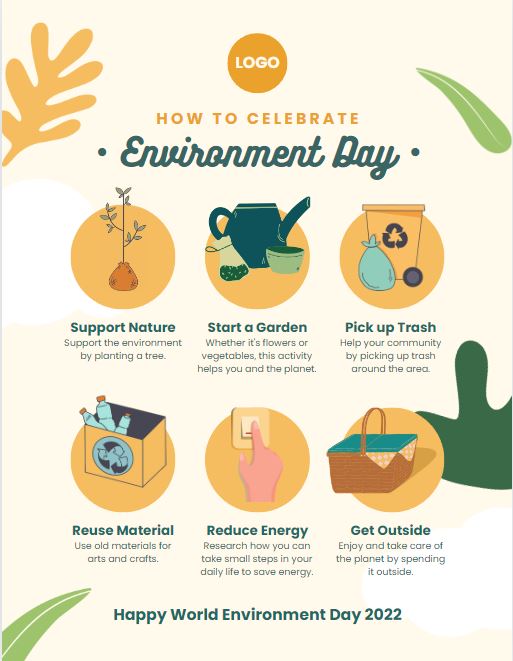 Getting Involved
Getting Involved
People can get involved in World Environment Day by:
- Participating in local events: Join clean-up drives, tree planting, or educational workshops.
- Spreading awareness: Use social media to share information about environmental issues and advocate for change.
- Making lifestyle changes: Adopt more sustainable practices such as reducing plastic use, conserving water, and minimizing carbon footprints.
World Environment Day continues to be a vital platform for fostering environmental stewardship and encouraging global cooperation in the fight for a healthier planet.
Share this:
- Click to share on Facebook (Opens in new window) Facebook
- Click to share on X (Opens in new window) X
- Click to share on LinkedIn (Opens in new window) LinkedIn
- Click to share on Pinterest (Opens in new window) Pinterest
- Click to share on Telegram (Opens in new window) Telegram
- Click to email a link to a friend (Opens in new window) Email
- More
Subscriber Special: June Special Add-on with School License
Every month, subscribers to our newsletter get a free/discounted resource to help their tech teaching.
June 4th-6th:
Buy any K-8 School License
get 2 free print books of the grade level you purchased
(Please note: new orders only; domestic or freight-forwarders only)
Usually, you get one desk copy for each grade level included in your school license. Between June 4th-6th get two per grade level. That’s enough for a team to each have one.
To take advantage of this special, purchase from Structured Learning with PayPal or a PO. Email us (admin at structuredlearning dot net) with your proof of purchase. We’ll send the extra books.
What is a school license?
Benefits of a School License
- provide an overarching curriculum map for using technology in your school
- provide access to full text PDF from every digital device in your school, 24 hours a day. This maximizes productivity and student independence.
- enable flexible learning paths as students work at their own pace, with the ability to review or work ahead as needed
- share tech-in-ed pedagogy to infuse your school with technology
- enable teachers to vertically integrate with core grade-level teachers
- provide multiple authentic and organic formative and summative assessments
- provide free online Help via Ask a Tech Teacher (staffed by educators who use SL resources).
Benefits of School License for Students
- provide easy access to monthly lessons, how-tos, rubrics, project samples, practice quizzes, grade-level expectations, homework, images, and checklists (grade level Scope and Sequence and the Ready to Move On monthly keyboard workbooks lists, for example)
- provide full color instructions that can be zoomed in on for greater detail
- allow a convenient place to take lesson notes (using a PDF annotator)
- encourage students to be independent in their learning, work at their own pace. This is great both for students who need more time and those who ‘get it’ and want to move on
- enable a quick way to spiral up for quick learners or back to earlier resources for student needing to scaffold their learning
- prepare students for the rigor of end-of-year summative testing
Share this:
- Click to share on Facebook (Opens in new window) Facebook
- Click to share on X (Opens in new window) X
- Click to share on LinkedIn (Opens in new window) LinkedIn
- Click to share on Pinterest (Opens in new window) Pinterest
- Click to share on Telegram (Opens in new window) Telegram
- Click to email a link to a friend (Opens in new window) Email
- More
11 Online Resources About Animation
Creating animations for the web can be achieved using various tools, ranging from beginner to advanced, depending on your needs and expertise. Here are some webtools and tips to get you started:
Webtools
Beginner (more…)
Share this:
- Click to share on Facebook (Opens in new window) Facebook
- Click to share on X (Opens in new window) X
- Click to share on LinkedIn (Opens in new window) LinkedIn
- Click to share on Pinterest (Opens in new window) Pinterest
- Click to share on Telegram (Opens in new window) Telegram
- Click to email a link to a friend (Opens in new window) Email
- More



